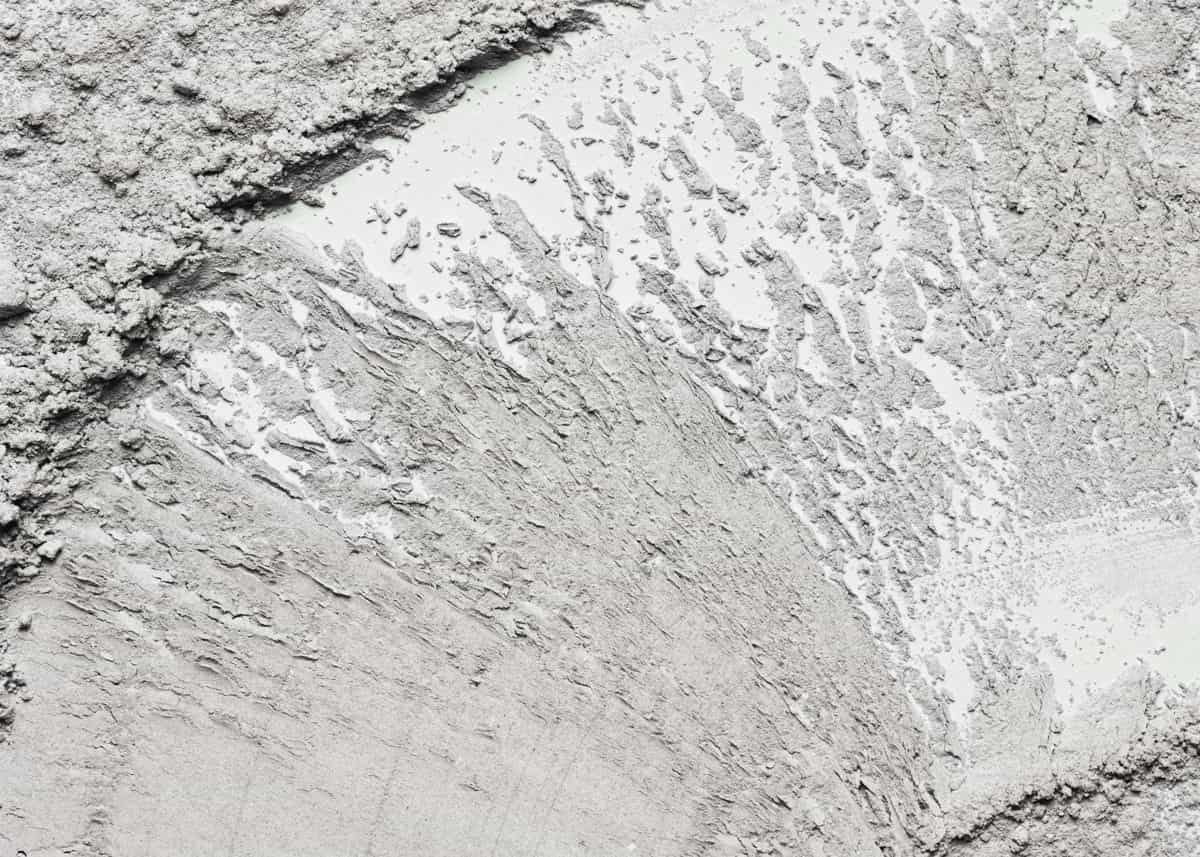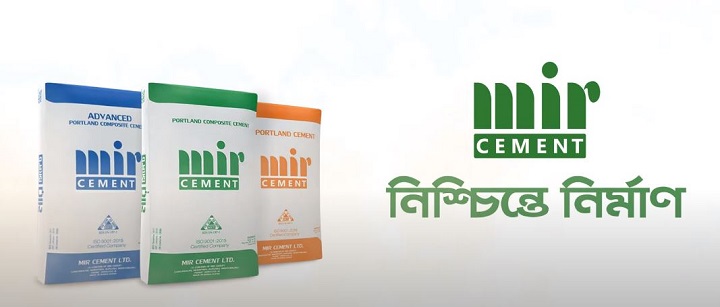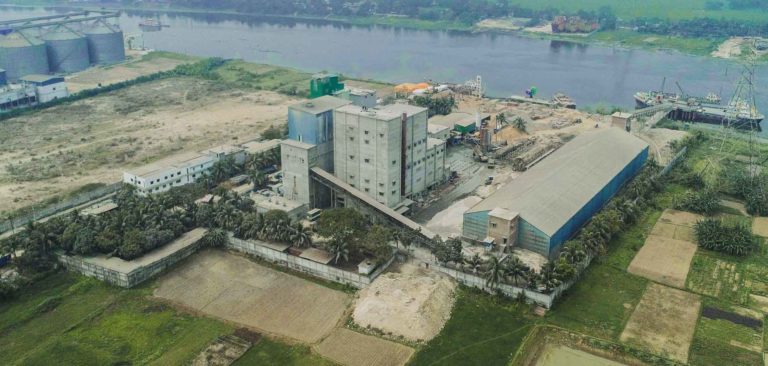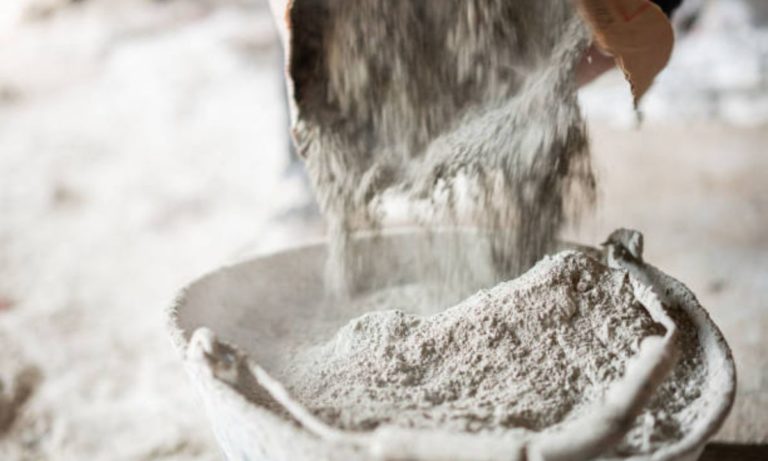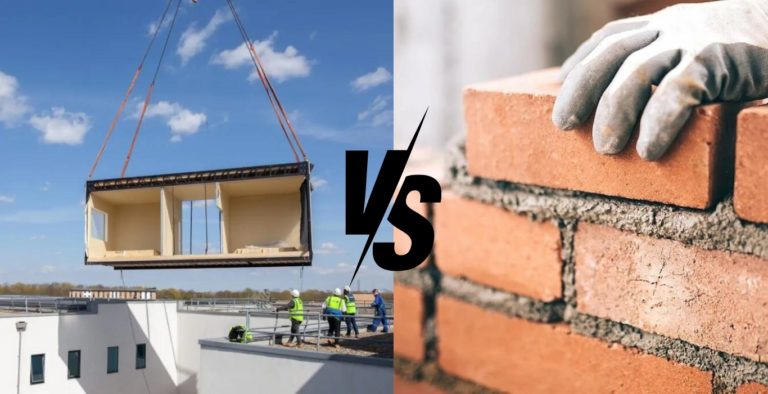Cement Quality Control: Ensuring Consistency and Reliability
While cement is essential for construction, making it requires careful steps and quality checks. As an expert emphasizes, creating cement involves precise testing from start to finish.
This blog will explore how cement quality is controlled, explaining the complexities of its production and the importance of standardized testing methods.
Testing Methods for Strength and Performance
The key to ensuring high-quality cement lies in reliable testing methods. When evaluating cement, several crucial tests play a vital role in guaranteeing its strength and performance.
These tests, like compressive strength, tensile strength, and fineness, assess the structural integrity and how well the cement will work in concrete mixtures. By following strict international standards (like EN and ASTM), the industry guarantees each batch meets precise requirements.
Compressive Strength Test:
Cement’s ability to withstand immense pressure is paramount for constructing enduring structures. To ensure this, the compressive strength test puts cement-sand cubes through their paces.
Imagine a powerful machine squeezing these cubes until they crumble – the maximum weight they endure reveals their true strength. This test directly translates to real-world performance, guaranteeing the cement can hold the weight of buildings and foundations.
Tensile Strength Test:
But strength isn’t just about compression. Cracks can form when structures experience pulling forces. The tensile strength test sheds light on this. Here, a cement-sand mixture is molded into briquettes, then stretched to its breaking point.
By measuring the force required to break the briquette, we gain valuable insight into the cement’s ability to resist cracking under tension. This ensures the cement can withstand the various stresses buildings encounter throughout their lifespan.
Fineness Test:
Finally, the seemingly simple fineness test plays a crucial role. This test analyzes how finely ground the cement particles are. Imagine blowing air through a sample – the more surface area the cement has per gram (measured in this test), the faster it sets and the stronger it becomes.
A finer grind allows for a more rapid chemical reaction (hydration) that binds the cement particles together, ultimately leading to a stronger and more predictable setting time.
Various Cement Testing Methods for Quality Assurance
To guarantee top-notch cement, a comprehensive evaluation through various tests is crucial. These tests are essential because they assess different properties of the cement, directly affecting how well it performs in concrete.

Let’s look at some of the key tests used:
Physical Tests:
Particle Size Check (Fineness Test): Imagine tiny cement grains. This test analyzes their size distribution, impacting how quickly the cement reacts with water (reactivity) and how fast it sets. A finer grind generally leads to faster setting times.
Setting Time Test: Ever wondered how long cement takes to harden? This test measures that crucial timeframe, aiding construction crews in planning concrete placement and finishing.
Stability Under Pressure (Soundness Test): Cement shouldn’t expand or crack over time. This test ensures the absence of uncombined lime or unstable compounds that could cause such issues, preventing potential cracking and deterioration in structures.
Mechanical Tests:
Compression Strength Test: Picture a building’s weight pushing down. This test assesses how much compressive force cement can handle, directly impacting the load-bearing capacity and long-term durability of structures.
Bending Under Pressure (Bending Strength Test): Imagine a beam – this test evaluates cement’s ability to withstand bending forces, crucial for structures like beams and slabs that experience such stresses.
Resistance to Pulling (Tensile Strength Test): Cement shouldn’t crack easily. This test measures its resistance to pulling forces, vital for ensuring the overall structural integrity and preventing cracks under various stresses.
Read also- How to Check the Cement Quality in Bangladesh?
Chemical Tests:
Ingredient Breakdown (Composition Analysis): Just like a recipe, cement has specific proportions of key ingredients. This test analyzes the levels of calcium, silica, alumina, and iron oxide, ensuring the cement meets the desired standards for optimal performance.
Heat Check (Heat of Hydration Examination): When cement mixes with water, it generates heat. This test measures heat generation, helping predict potential temperature rise in concrete. Excessive heat can lead to cracking, so this test helps ensure the cement performs safely within the construction project.
Organic Impurity Check (Loss on Ignition Test): Imagine tiny bits of organic matter in the cement. This test measures their presence, as too much can negatively impact the cement’s performance and long-term durability.
Specialized Tests:
Cold Weather Performance (Low-Temperature Setting Time Test): Not all construction happens in warm weather. This test assesses how quickly cement sets in cold conditions, crucial for ensuring proper concrete placement and avoiding issues in winter concreting.
Corrosion Watchdog (Chloride Content Examination): Steel reinforcement is often used in concrete. This test measures the chloride levels in the cement, as high levels can increase the risk of corrosion in the steel reinforcement over time. By keeping chlorides in check, this test helps ensure the long-term integrity of concrete structures.
Taking Cement Testing to the Next Level: How Technology Boosts Accuracy and Efficiency
Modern advancements can significantly improve how we test cement. Let’s explore strategies to leverage these technologies for more accurate and efficient cement testing procedures.
We’ll focus on knowing how digital cement testers, digital concrete testers, and concrete strength testers can revolutionize quality control.
Automated Testing Solutions:
Employ digital cement testers and digital concrete testers, automated systems equipped with advanced sensors and software. These systems streamline testing processes, minimizing human error and ensuring precise and reliable results across various tests like compressive strength, flexural strength, and slump testing.
Precision Instrumentation & Equipment Selection:
Opt for advanced technology-driven equipment featuring sophisticated components such as load cells, displacement transducers, and data acquisition systems. These elements facilitate precise measurement of parameters like load, displacement, and time, ensuring calibration and suitability for specific testing requirements.
Real-Time Data Monitoring:
Utilize digital testers with real-time data monitoring capabilities, enabling immediate display and recording of test data. This feature facilitates prompt analysis, allowing for timely adjustments or corrective measures to maintain accuracy and identify any anomalies or trends during testing.
Efficient Data Management & Analysis:
Leverage advanced software accompanying digital testers for streamlined data management, retrieval, and analysis. These tools enable easy storage and organization of test data, facilitating the generation of comprehensive reports, graphs, and charts for enhanced visualization and interpretation of results.
Standardization & Compliance Assurance:
Ensure adherence to industry standards by selecting digital testers designed to meet international, national, and local requirements for cement testing. This ensures consistency and compliance in testing practices, bolstering the accuracy and reliability of test outcomes.
Conclusion
For guaranteed safety and longevity in construction, professional cement testing labs are an essential investment. These labs offer cutting-edge equipment and expert personnel, leading to accurate and reliable results that meet industry standards like Mir Cement.
This empowers construction companies to make informed decisions and build structures that stand the test of time. From traditional strength testing to modern chemical analysis, a comprehensive testing approach ensures optimal cement performance.
Additionally, advanced technologies and on-site testing options streamline the process, while utilizing reputable equipment and standardized methods to further reinforce safe and long-lasting construction practices for quality assurance
Frequently Asked Questions (FAQs)
What are the common tests conducted on cement?
Typical tests carried out on cement include assessments for compressive strength, fineness, heat of hydration, soundness, and setting time. Additional tests may be conducted based on particular needs and intended uses.
Can concrete testing be performed on-site?
Concrete testing can be conveniently conducted on-site using portable equipment and methods. These include the Schmidt hammer test for estimating concrete strength, the rapid chloride ion penetration test to assess chloride permeability, and moisture content measurement for evaluating concrete moisture levels.
How is the compressive strength of cement measured?
Typically, the compressive strength of cement is determined by creating mortar or concrete samples, curing them according to set conditions, and then applying pressure using a compression testing machine. The highest load the sample can endure before breaking indicates the cement’s compressive strength.

